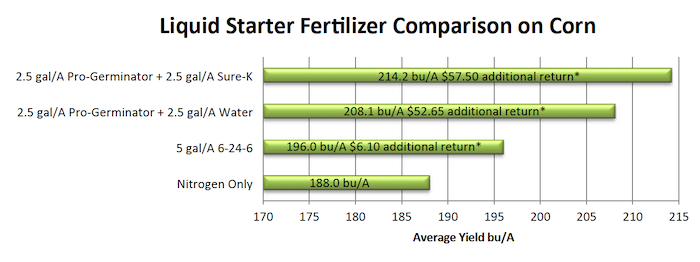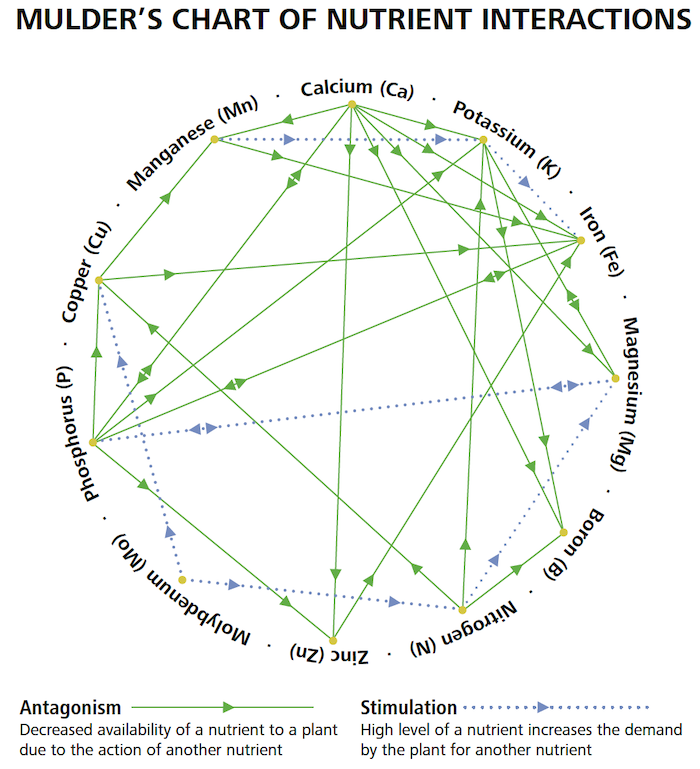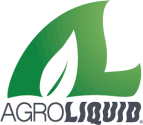Seed and crop protection selection has changed dramatically over the past 20 years, but crop nutrition planning is sometimes based on past history rather than on knowledge of the soil and needs of the crop (“it’s what I’ve always done.”)
The agricultural economy can make it tempting to take a few shortcuts and not purchase inputs or services that were purchased in the past. The challenge is making the best use of financial resources but not cutting inputs that will make money. As growers consider their crop nutrition needs it is tempting to forgo something as basic, and important, as soil testing.
Soil testing allows the grower to determine the current condition of the soil, including imbalances, deficiencies and excesses. It also helps identify how much nutrition is already available in the soil so that fertilizer applications can be optimized. A multi-year testing program allows the grower to monitor changes in the soil over time.
Yes, soil testing does cost money — around $25 per sample for a complete test that includes soil characteristics, nutrient levels and base saturation. However, if one soil sample represents 20 acres in a field and the field is sampled every 3 years, the cost of soil sampling averages out to be about $0.41 per acre, per year. Not a bad investment, considering the amount of information received from that test.
Nutrient levels in soil will change over time. Nutrient level reductions can be the result of crop removal, changes in fertilizer use and loss through erosion or leaching. Nutrients that weren’t well managed 20 years ago, such as sulfur or micronutrients, have become more prominent as nutrients that can be limiting to yield.
Soluble nutrients such as manganese and boron are difficult to build up in the soil, and higher crop yields of today take more crop nutrition than the yields of 20-30 years ago. “Free” sulfur from manufacturing and power generation facilities is not as available as it was before the Clean Air Act was implemented. Simply applying the same fertilizer mix you have always applied may not provide the best production or economic return.
The soil test report can be used to develop a complete nutrient management program for a field, including soil amendments to adjust nutrient imbalances as well as determine the fertilizer application needs for the crop. Using products that can be mixed to address the needs of a field will provide the best opportunity for economic return. A
n excellent example of using soil test information to optimize crop nutrition choices is a field experiment conducted by MGS Farms (formerly AgroSpray Research Farm) near Innerkip, Ont. The soil test report for the field showed low levels of both phosphorus (P) and potassium (K). A common, standard program in the area is an application of 5 gallons per acre of 6-24-6 liquid fertilizer that provides P and a small amount of K.
That treatment was compared to 2½ gallons per acre of Pro-Germinator to meet the P need or 2½ gallons per acre each of Pro-Germinator and Sure-K to meet the P and K need. Addressing the P and K need as indicated by the soil test provided higher yield and higher net return compared to either no P or P fertilizer alone.

Source: MGS Farms, 2015 field research results. *Additional return is based on yield increase compared to the nitrogen (N) only treatment minus the cost of the fertilizer. Corn price used for this calculation was $3.50 bushels per acre and fertilizer prices were estimated average retail prices.
In addition to selecting nutrients needed to grow the crop, a soil test report will show relationships among nutrients in the soil. If one nutrient is in excess, other nutrients may not be available to the crop, even if the values of those nutrients are high. An excellent example of this is manganese and iron.
If the manganese level is higher than the iron level, there is a risk that iron will be less available to the crop and supplemental iron nutrition is recommended. Excess levels of calcium can reduce the availability of several nutrients, including P, K and manganese, among others. Muldar’s Chart graphically describes some of those relationships.

If you have any questions about soil testing and developing a crop nutrition program, contact your AgroLiquid representative or visit us at agroliquid.com.
Strip-Till Farmer's Focusing on Smarter, Sustainable Fertilizing Strategies series is brought to you by AgroLiquid.
For over 35 years, AgroLiquid has been on a mission to engineer the best plant nutrition products while safeguarding your crops, the soil and the environment. Click here to learn more about AgroLiquid's suite of fertilizer products and agronomic services.







